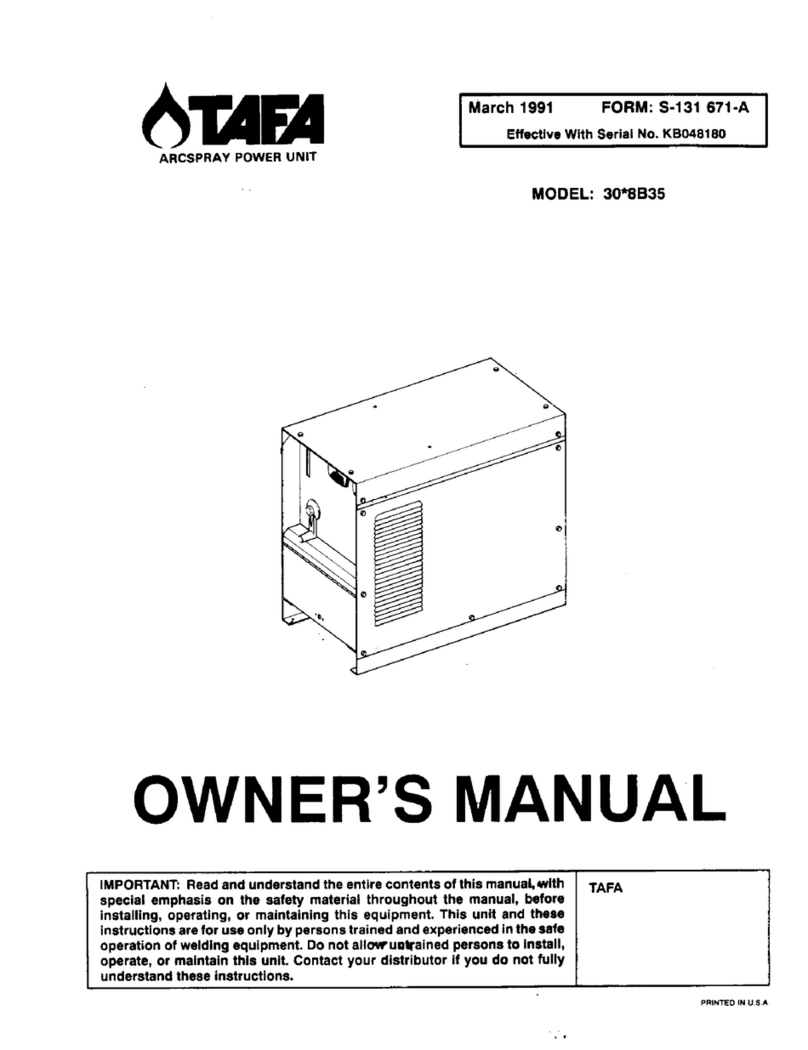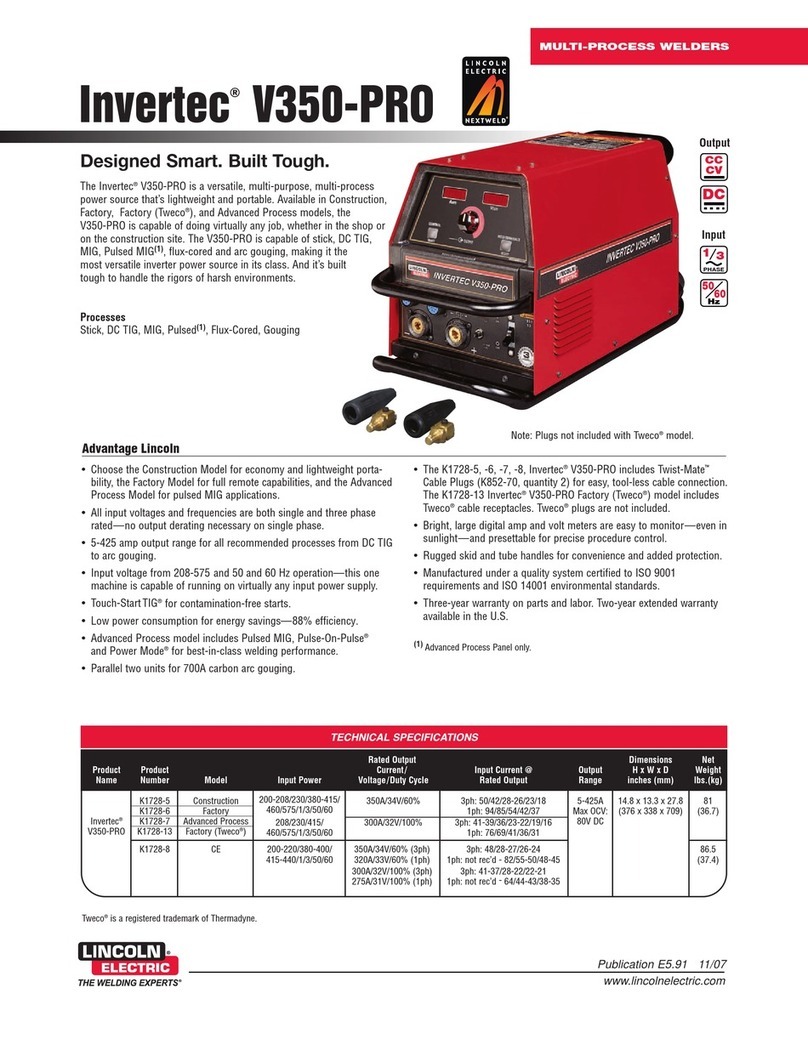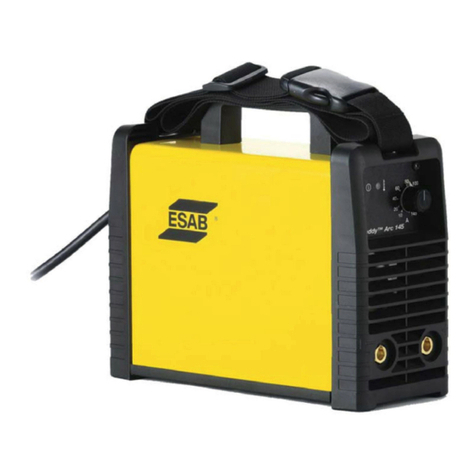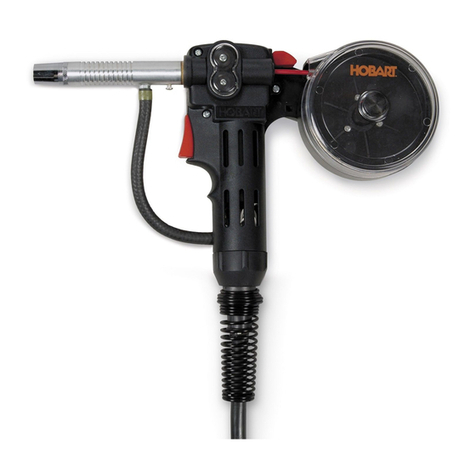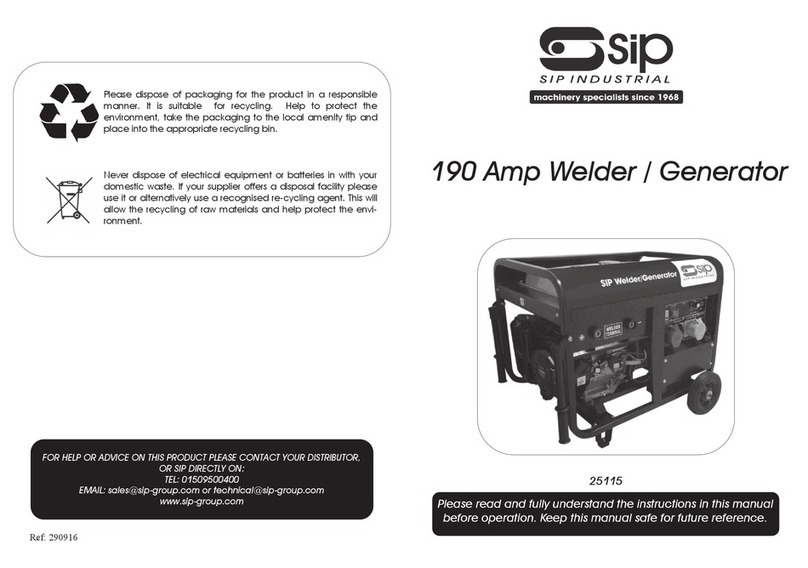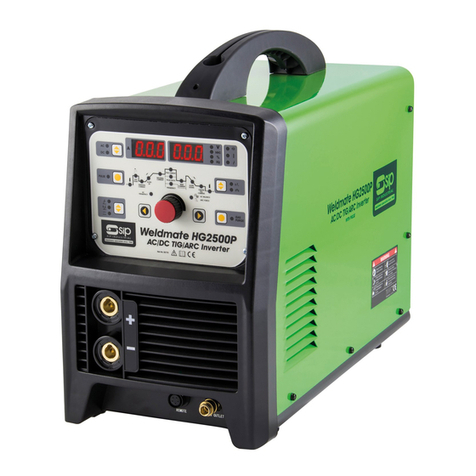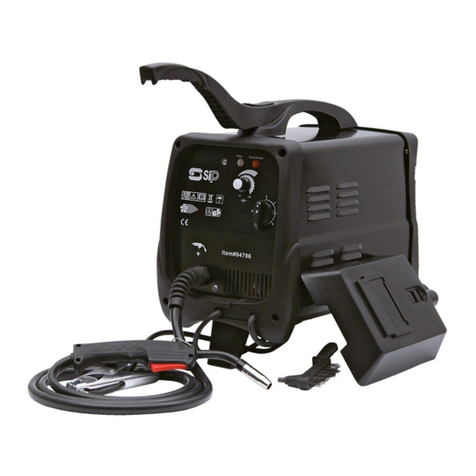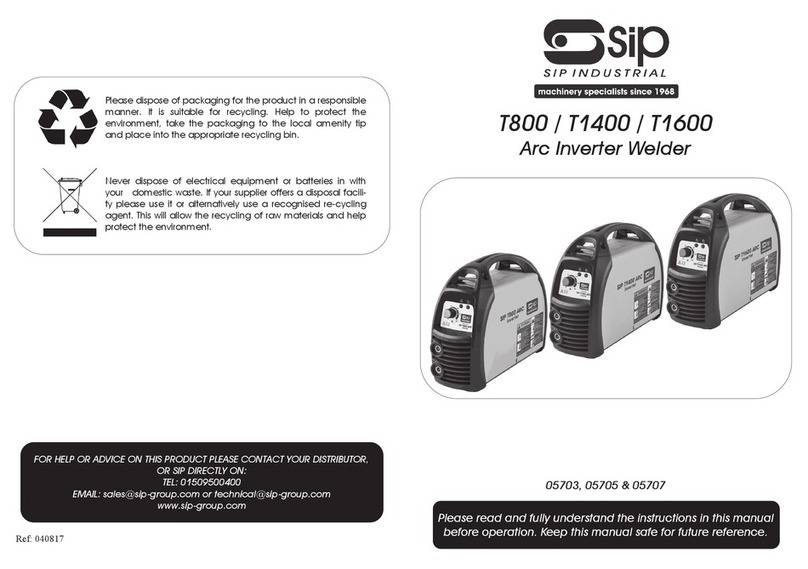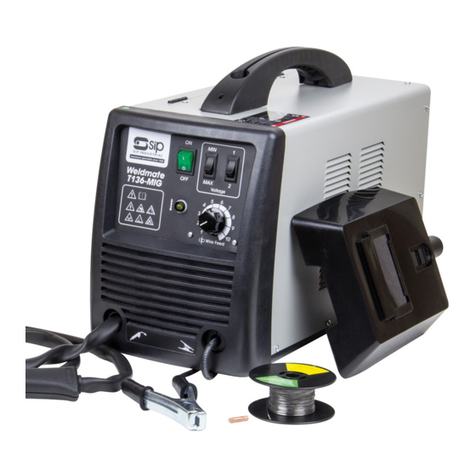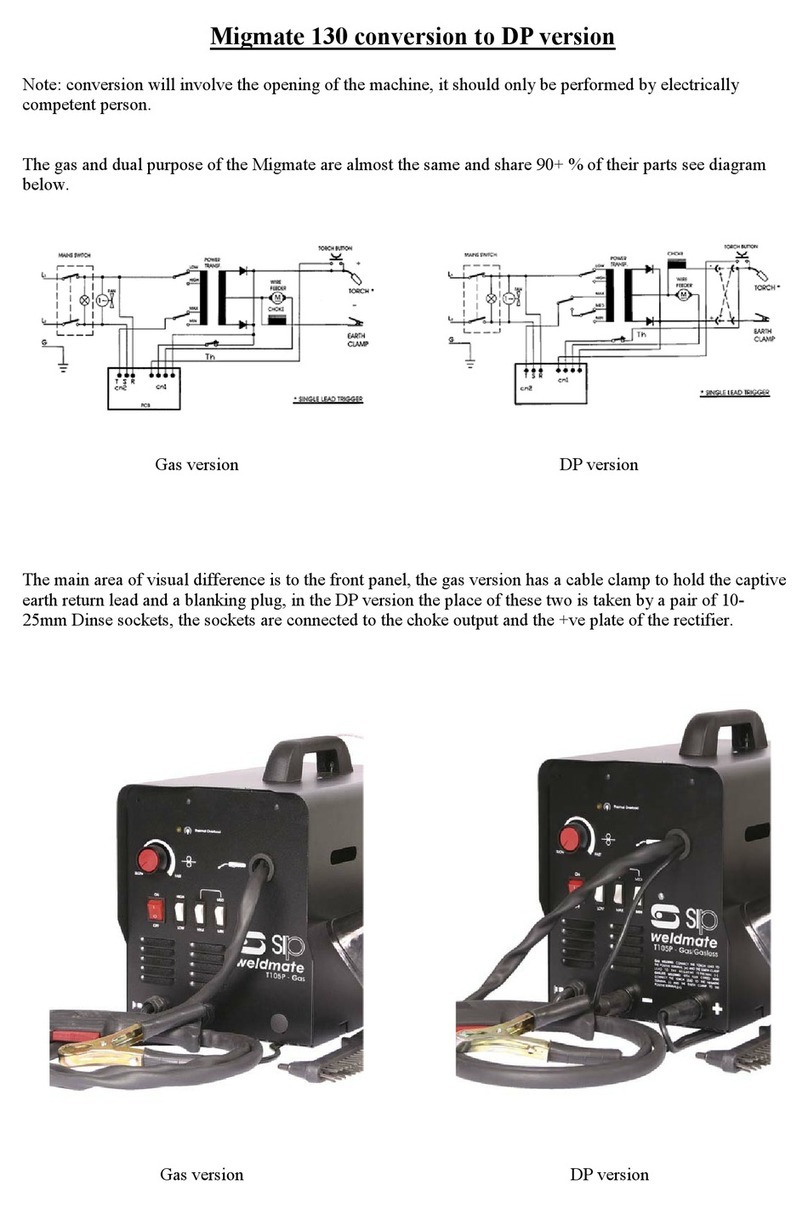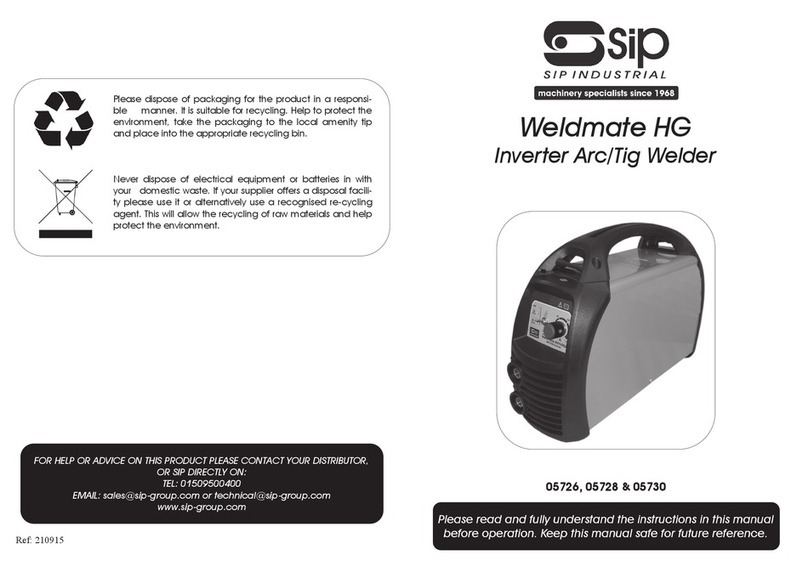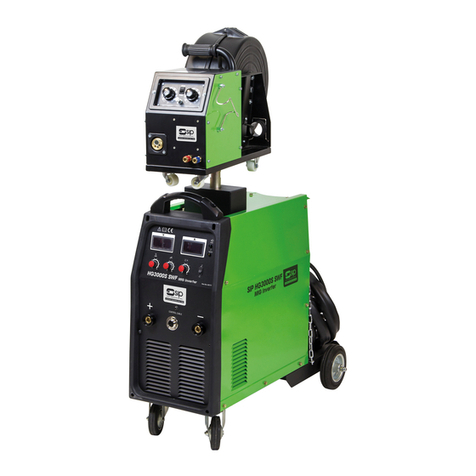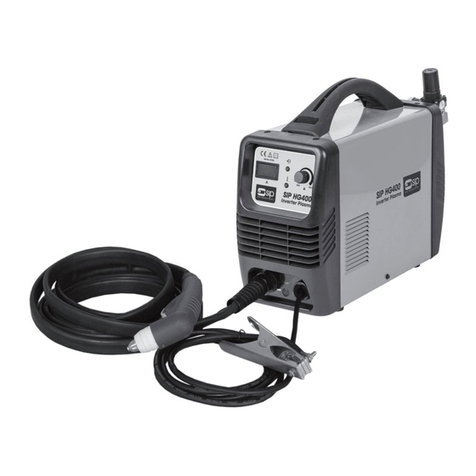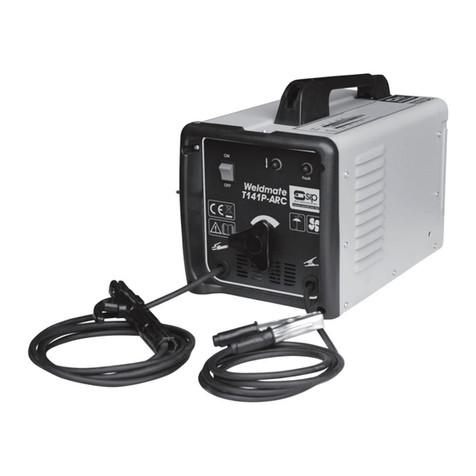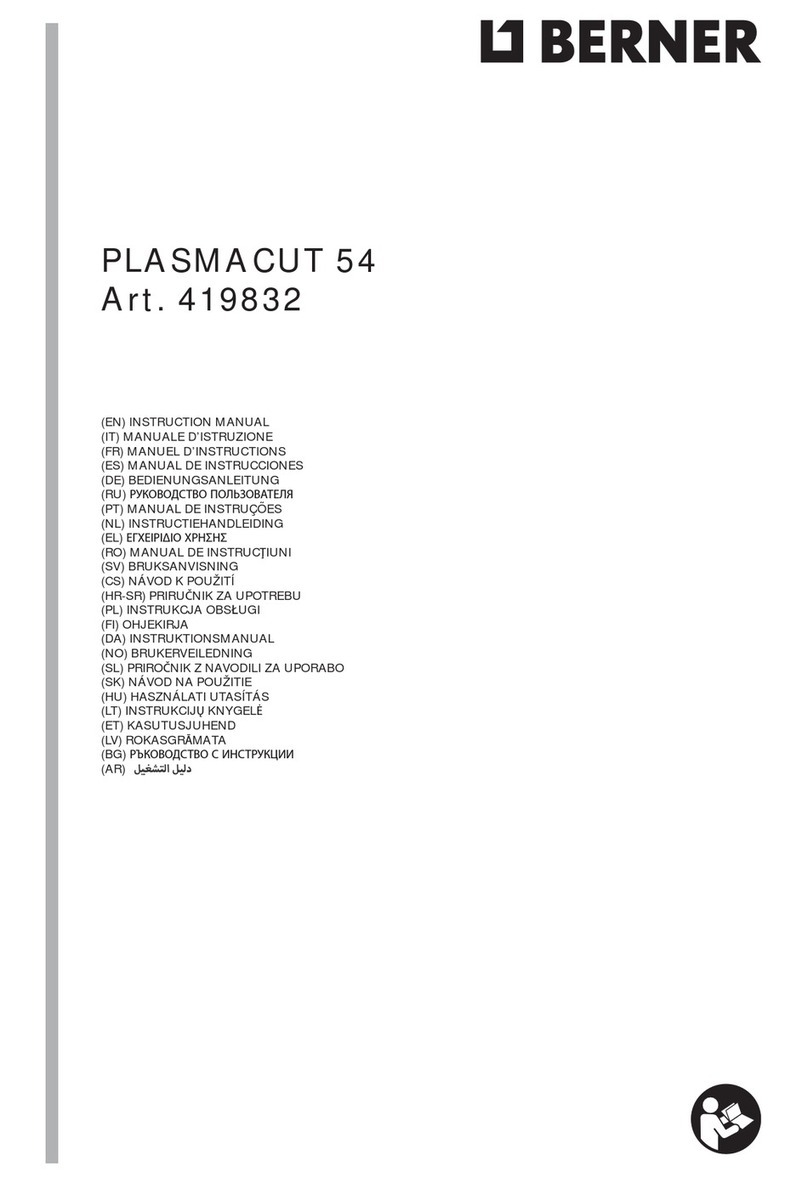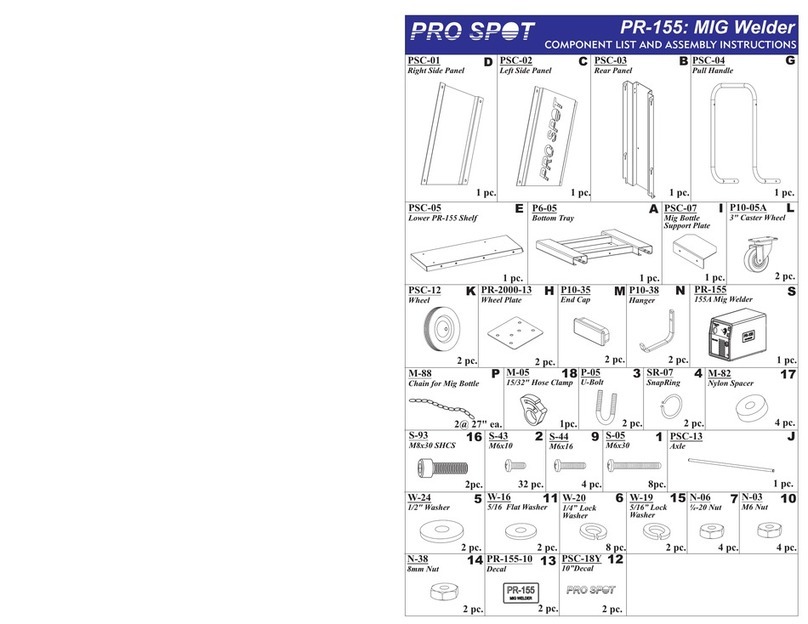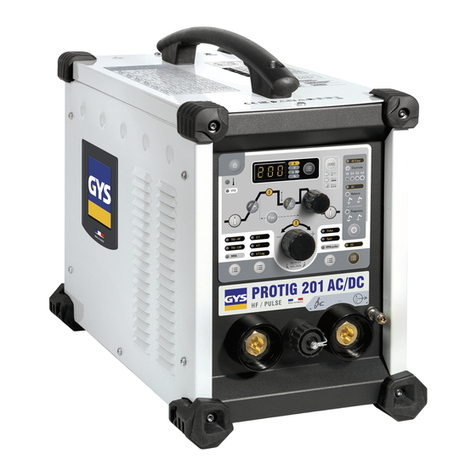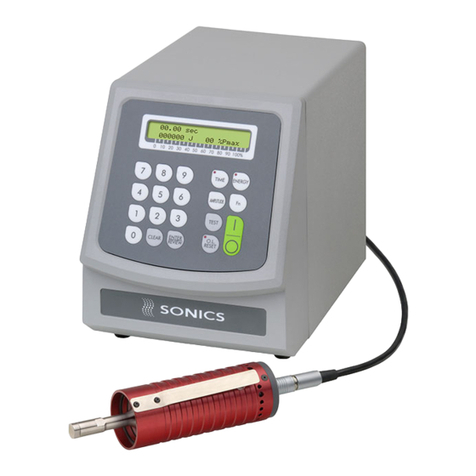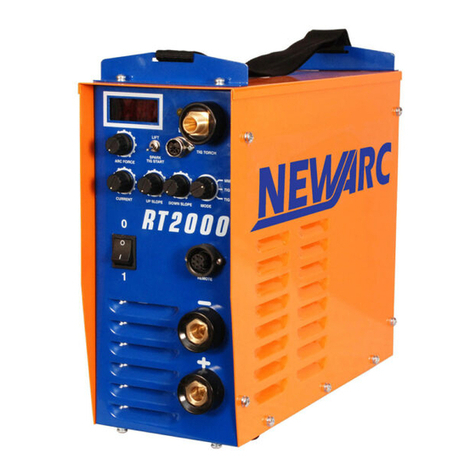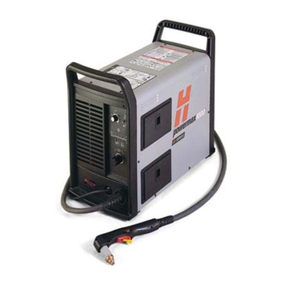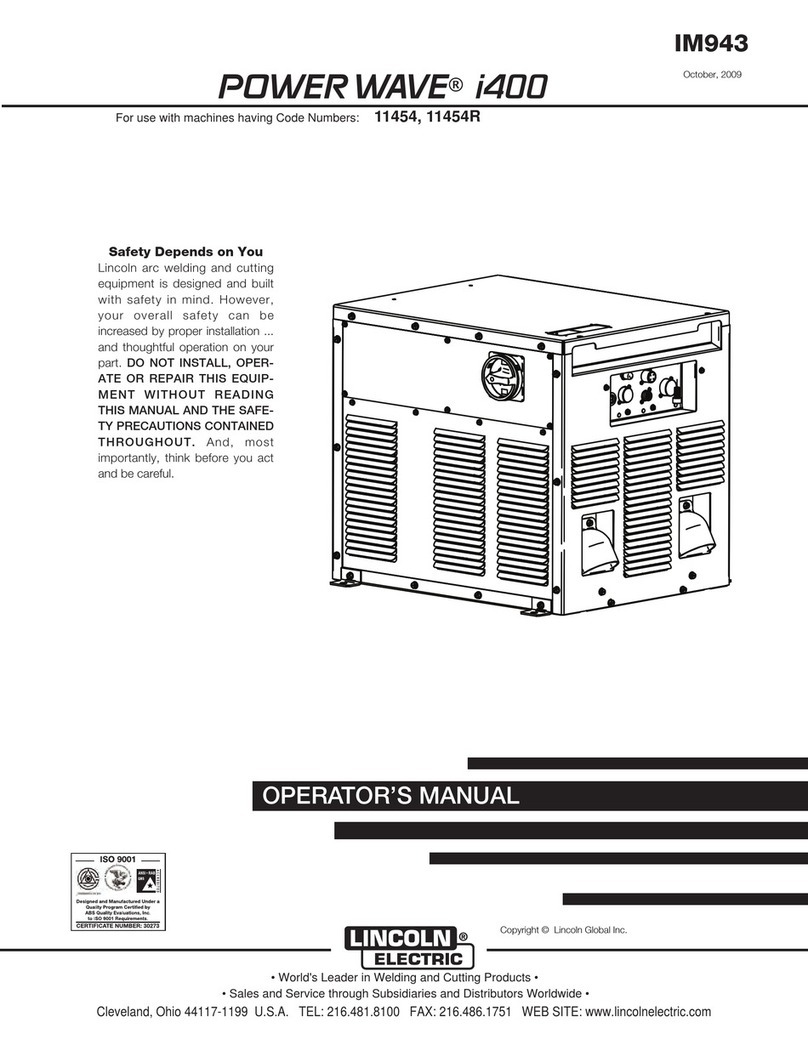6
SAFETY….cont
INTRODUCTION:
WE LEARN BY EXPERIENCE Learning safety through personal experience, like a child
touching a hot stove is harmful. wasteful. and unwise. Let the experience of others teach
you.
SAFE PRACTICES DEVELOPED FROM EXPERIENCE
in the use of welding and cutting are described in this manual. Research, development, and
field experience have evolved reliable equipment and safe installation, operation, and servic-
ing practices. Accidents occur when equipment is improperly used or maintained The reason
for these sole practices may not always be given. Some are based on common sense, others
may require technical volumes to explain, it is wiser to follow the rules.
READ AND UNDERSTAND THESE SAFE PRACTICES
before attempting to install, operate or service the equipment. Comply with these procedures
as applicable to the particular equipment used and their instruction manuals, for personal
safety and for the safety of others.
FAILURE TO OBSERVE THESE SAFE PRACTICES
may cause serious injury or death. When safety becomes a habit, the equipment can be used
with confidence.
GENERAL:
The plasma cutting machine is simple and safe to operate under normal circumstances. If the
unit is to be used under unusual circumstances, e.g. in wet or damp conditions, on boats or
oil rigs, or in an elevated position. Then extra thought must be given to any possible hazard
introduced by the situation.
ELECTRICAL:
A. DO NOT operate the machine with any of the panels removed.
B. DO NOT attempt any repairs unless you are a competent electrician.
C. Ensure that the machine is connected to the correct supply voltage through the recom-
mended fuse.
NB: This unit must be earthed.
D. DO NOT dismantle the protection nozzle from the torch without first switching off the
machine.
ELECTRIC SHOCK
Either AC or’ DC voltages associated with the cutting environment can cause severe
burns to the body or fatal shock. Severity of electrical shock is determined by the path
and amount of current through the body.
VENTILATION:
Ventilation must be adequate to remove the smoke and fumes during cutting. See
the relevant safety standard for acceptable levels.
FUMES:
Toxic gases may be given off when cutting, especially if zinc or cadmium coated
materials are involved. Cutting should be carried out in a well ventilated area, and
the operator should always be alert to fume build-up.
In small or confined places use a fume extractor.
VAPOURS:
Vapours of chlorinated solvents can form the toxic gas phosgene when exposed to
U.V radiation from an electric arc. All solvents, degreasers and potential sources of
these vapours must be removed from the arc area.
NB: IF IN DOUBT SEEK PROFESSIONAL ADVICE.
GENERAL PRECAUTIONS:
BURN PREVENTION
1. Wear Protective Clothing leather gauntlet gloves, hat, and high safety toe
shoes. Button shirt collar and pocket flaps, and wear cuff less trousers to avoid
entry of sparks and slag.
2. Wear Helmet with Safety Goggles or glasses with side shields underneath, appro-
priate filter lenses or plates (protected by clear cover glass). This is a MUST for
welding or cutting (and chipping) to protect the eyes from radiant energy and
flying metal. Replace cover glass when broken. pitted, or spattered.
3. Avoid oily or greasy clothing. A spark may ignite them.
4. Hot metal such as electrode stubs and work pieces should never be handled
without gloves.
5.Medical first aid and eye treatment. First aid facilities and a qualified first aid per-
son should be available for each shift unless medical facilities ore close by for im-
mediate treatment of flash burns to the eyes and skin.
Flammable hair preparations should not be used by persons intending to weld or
cut.
Plasma mode
You will need the following extra item
a.An air compressor
b.Air hose and fittings.
1.Screw the plasma torch central connection onto the torch socket on the front of the
P185.
2.Fit the earth return lead into the +vet socket.
3.Connect the P185 regulator to the compressor additional gas fittings/hose may be
needed.
4.Select the mode switch on front of the welder to plasma.
5.Assemble the Plasma torch using the correct size electrode.
6.Ensure the electrode lead is not attached to the P185.
7.Connect the machine to the electrical supply and switch on.
8.Adjust the current control until the correct current is shown on the current display.
9.Set the post gas to 2S.
10.If starting at the edge of a panel or in a hole, hold the torch vertical with the centre
of the cutting tip off the work, press the trigger and allow the arc to start, once the
arc starts move the torch in the direction of the cut ensure that the cutting stays in
contact with the work and vertical.
11.If piercing, the torch head should be angled back so as to allow the molten mate-
rial to escape to one side. The normal angle of cut can be resumed once the met-
al has been pierced, piercing will reduce the life of the torch consumables.
12.Perform a test cut and re-adjust the current control if needed.
13.If performance degrades check the cutting tip and electrode .
